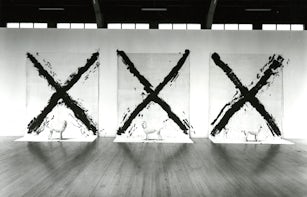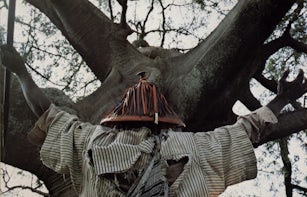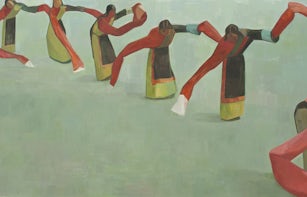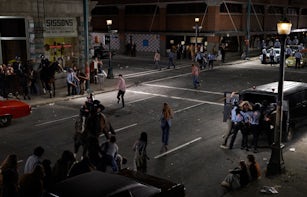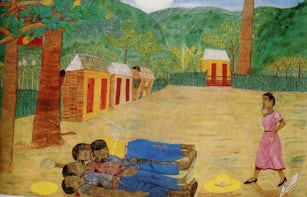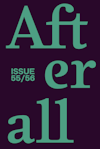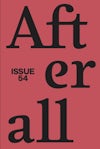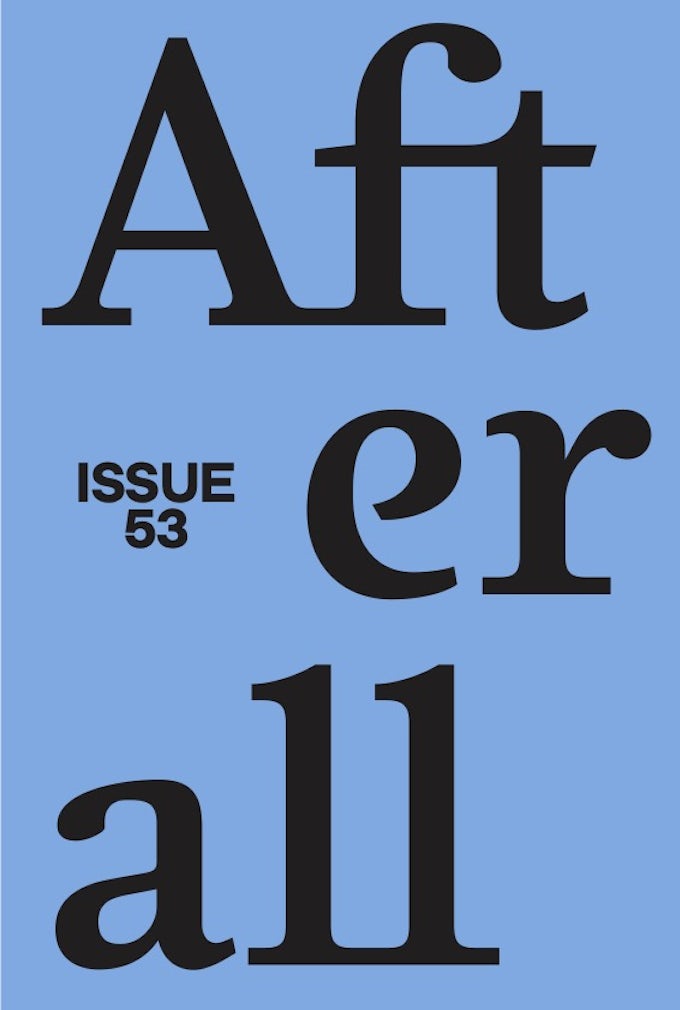
Issue 53
Spring/Summer 2022
Issue 53 ‘Medium/Metaphor/Milieu’ looks at the exhibitionary in and beyond exhibitions. Gathered through the notions of medium and milieu, it looks at a range of practices and modes of thinking that foreground the exhibitionary in concrete, spatial, architectural and experiential terms. In parallel, the artists and authors included also explore the risks and potential of metaphors as a site of exhibition-making.
Editors: Elisa Adami, Amanda Carneiro, Nav Haq, Mark Lewis, Adeena Mey and Charles Stankievech.
Founding editors: Charles Esche, Mark Lewis.
Table of contents
Contextual Essays
- Cross-Eyed and Painless in Toronto: A Borderline Case – Luis Jacob
- The Exhibition as Medium: Some Observations on the Cybernetisation of the Institution and the Exhibition – Yuk Hui & Adeena Mey
- Logic of the Written Word and Oral Logic: Conflict at the Heart of the Archive – Mamoussé Diagne
- Becoming Ethnic in China: A ‘Good Story’ Told in Painting and Dialect – Hera Chan & Alvin Li
Artists
- Repetition, Montage, Archive… Stan Douglas – Shepherd Steiner
- Revisiting Stan Douglas’s ‘Cinema of Operations‘– Jihoon Kim
- On African Opera. A Conversation with Anawana Haloba – Anawana Haloba
- Museum as Preface: Walid Raad’s History of Art in the Arab World – Elisa Adami
Events, Works, Exhibitions
Foreword (excerpt)
Written by Charles Stankievech
Hello. I have a small confession to make (which I’ve noticed is becoming privately more and more common in the field): I had an AI write part of this foreword. And it is not just because this volume opens with a discussion of the 1990s algorithmically determined artworks of Canadian artist Stan Douglas and then onto a theory of the exhibition as a cybernetic medium (à la Marshall McLuhan, Gilbert Simondon and Georges Canguilhem). No, in the middle, McLuhan makes another appearance alongside a transdisciplinary pairing of orality in African philosophy (Mamoussé Diagne) and culture (Anawana Haloba). A glitch in the software?
Or, as Ginger Nolan has reminded us, McLuhan’s concept of the ‘global village’ is more than a perennial metaphor, and actually developed from case studies of colonial propaganda via mobile media in Kenya during the 1950s. 1 Telling history, writing the future. Techniques and technologies always already intertwined. Moving forward in this volume, a strategy of decolonial methodology critiques institutional power across various geographic territories, from across the Americas to the southern Mediterranean to the peripheries of China. Does such a global survey of colonialism provide solidarity through similarity, or does a practice based keenly on the local lose traction as it approaches universality? The binary of a false dilemma? How does systemic violence express itself as it shifts from genotype to phenotype? Said another way, do we risk falling into a decolonial dogma, even when being warned by Eve Tuck and K. Wayne Yang that ‘decolonization is not a metaphor’?
Purchase
The publication is available for purchase. If you would like specific articles only, it is also available individually and to be downloaded as PDFs.
Purchase full publication
Buy via Central Books
Purchase individual articles
Buy via University of Chicago Press
